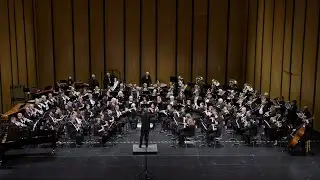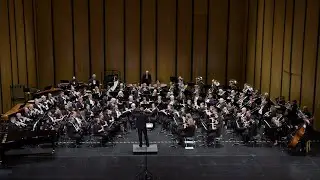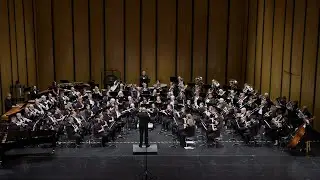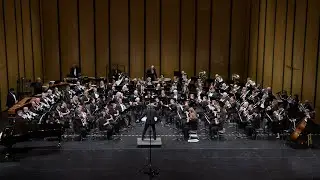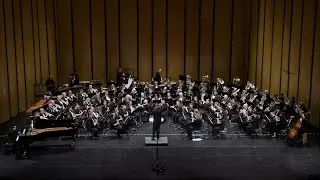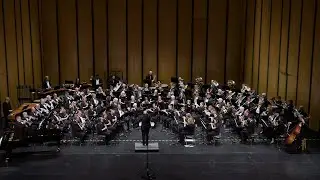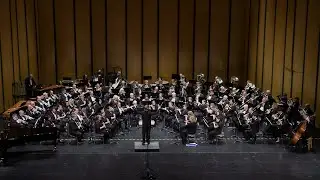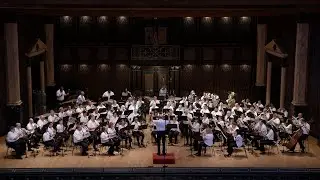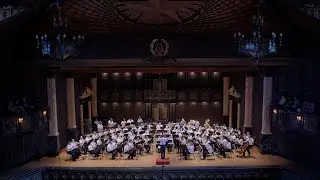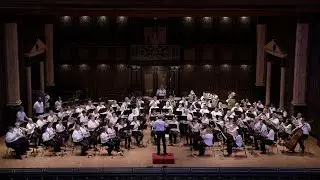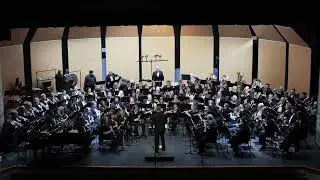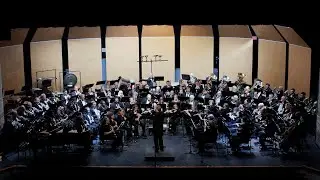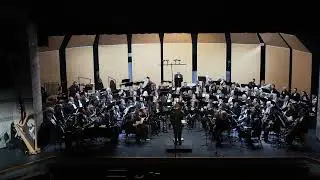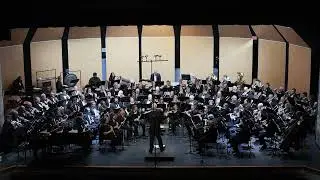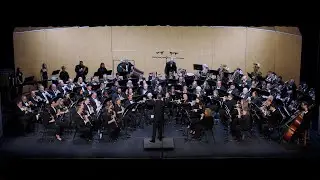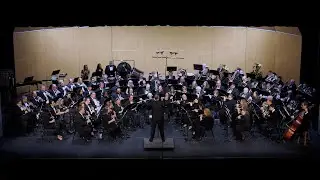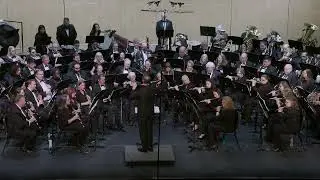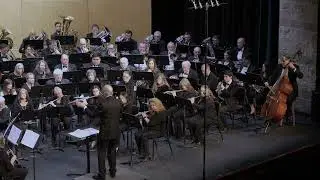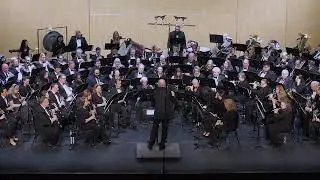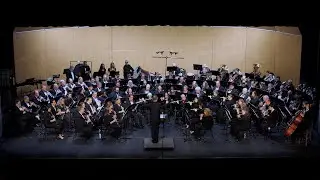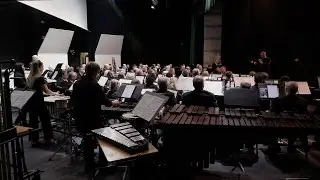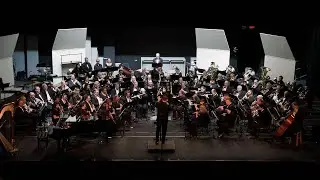Austin Symphonic Band Performing Anchors Aweigh
Austin Symphonic Band. January 28, 2024 concert at the Connally HS Performing Arts Center in Austin, TX. ASB performing Anchors Aweigh by Charles A. Zimmermann (arr. George F. Briegel). [NOTE: Click 'more' to read the program notes.] Music Director Dr. Kyle R. Glaser conducting. "Sea Songs" Concert.
Video and Sound Production: Eddie Jennings
From the program notes written by David Cross:
Anchors Aweigh (The Song of the Navy) (1906)
Charles A. Zimmermann (1861–1916)
Arranged by George F. Briegel
Program note from the U.S. Naval Academy:
Beginning early in his long career as Director of the U.S. Naval Academy Band, Charles A. Zimmermann composed a march nearly every year, dedicating it to the graduating class. Midshipman Alfred Hart Miles approached Zimmermann with his class’s request for a new march, saying that his classmates “were eager to have a piece of music that would be inspiring, one with a swing to it so that it could be used as a football marching song, and one that would live forever.” As the legend goes, the two men sat at the chapel organ, Zimmermann composing the tune and Miles setting the title and writing two stanzas of words. The title, “Anchors Aweigh,” came from an expression meaning the ship’s hoisted anchor has just cleared the sea’s bottom and, by implication, the voyage is underway. This march, Anchors Aweigh, was subsequently dedicated to the Academy Class of 1907.
The first mention of a performance of Anchors Aweigh was at the 1906 Farewell Ball, held on February 12, 1906. Anchors Aweigh received its first public performance at Franklin Field in Philadelphia for the 1906 Army–Navy football game, and for the first time since 1900, Navy emerged victorious with a 10–0 defeat of the Cadets!
The first verse of the original lyrics by Midshipman Alfred Hart Miles:
Stand Navy down the field,
Sails set to the sky.
We’ll never change our course,
So Army you steer shy-y-y-y.
Roll up the score, Navy
Anchors aweigh!
Sail Navy down the field,
And sink the Army, sink the Army Grey!
Listen for:
• Traditional march form:
Introduction
First strain with repeat
Second strain with repeat
Trio introduction in a new key
Trio melody (you can sing the lyrics here)
Dogfight or breakup strain
Return of trio medley
• Snappy rhythms and melodies featuring offbeats—not quite the syncopations used
in marches of the 1920s, but certainly foretelling the Jazz Age.
• A lively woodwind obligato in the trio section.








